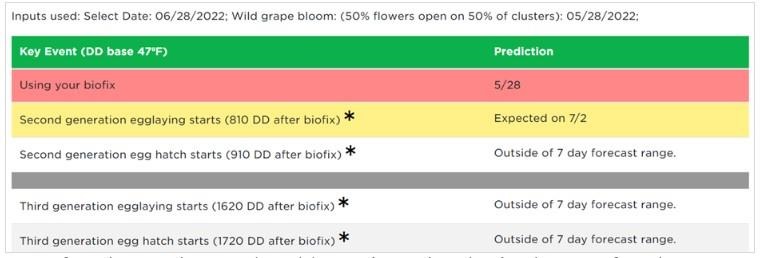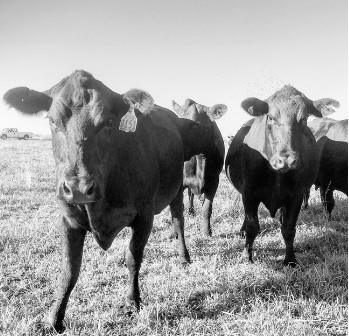By Dan Macon
I sat (virtually) through a local irrigation district board meeting this morning. As you might imagine in a year like this, drought was on everybody's mind, from elected board members to staff to customers. The district has already asked for voluntary water conservation; next month, their board will likely consider mandatory cutbacks. And this district isn't alone - the Browns Valley Irrigation District, for example, has announced that it will end irrigation water deliveries in late August or early September (roughly 45 days earlier than normal). 2021 is shaping up to be an incredibly difficult year.
Given the likelihood that we'll be facing irrigation water reductions at some point this season, we're starting to think about our management options now. What is the best approach for keeping pastures going this year? Are there some things we can do this season to improve pasture survival for next year? Thankfully, some of my UCCE colleagues dove into this topic during the last drought. This publication is especially helpful!
First, we've noticed that the soil profile was very dry by the time we got irrigation water in mid April - and other ranchers have reported similar observations. Ranchers with flood irrigation systems were finding that it took much longer to get water to the end of the field because of these dry conditions. With our pod sprinkler system, it took us two full rotations to get the soil profile full and begin meeting plant demand. Our local irrigation district reported that these dry conditions have resulted in mid-summer irrigation demand - in early May!
With the prospect of water reductions, we need to evaluate the resiliency of the forage species and varieties in our pastures. Some grasses are more drought tolerant than others. At this stage, we can't really do much to shift to a more drought tolerant forage in the midst of the grazing season, but we can adjust our irrigation, fertilization, and grazing strategies to address the needs of the specific species and varieties.

Many foothill and Sacramento Valley pastures go through an annual succession of forages, with cool-season grasses and legumes like tall fescue, orchard grass, and white clover dominating early in the growing season. As temperatures warm, we tend to see more warm-season grasses like dallisgrass and bermuda. With the return of cooler temperatures and longer nights in late summer and early fall, the cool-season often rebound. The warm-season grasses are typically more drought tolerant, as you might imagine. Of the cool-season grasses, species and variety matter. In general, tall fescue seems to be more drought tolerant than orchardgrass, although there are some drought tolerant orchardgrass varieties. Most of our clover varieties, unfortunately, don't have much drought tolerance.
So how should we manage this year? And what can we expect next year? These recommendations are largely adapted from an excellent video produced by my late UCCE colleague, Steve Orloff (click here to view the video):
- Protect plant crowns: avoid grazing below 3" stubble height (and more residual may be better). The plant crown and stubble store sugars and carbohydrates essential for subsequent regrowth. Protecting these plants this fall increases the likelihood that they'll survive into next year.
- Know your pasture plants and pasture soils: prioritize irrigating those fields or portions of fields that can withstand drought. Focus on keeping drought-tolerant forage plants going - the less drought-tolerant plants may need to be replanted regardless of your management. Know where your deeper soils are - in our foothill pastures, these are typically at the foot of slopes. Generally, these deeper soils can hold onto water longer.
- Collect soil samples and target your fertilizer applications: Fall applications of potassium and phosphorous can help stimulate root growth, but it's always helpful to know your baseline fertility. Nitrogen application during drought, however, can concentrate nitrates (and be harmful to grazing livestock).
- Focus on recovery periods: While I think it's ALWAYS critical to vary grazing rotations based on the recovery period of the pasture, drought makes this even MORE important. In short feed years, it's always tempting to come back to a field before it's fully recovered from the last graze. DON'T DO IT! Allowing plants to recover fully will enhance root growth and pasture resiliency.
- Think about next year: If our water shuts off early, we may lose some of our clover - consider over-seeding clover just before the first fall rain. One of the more interesting ideas in the video referenced above was the possibility of planting an annual cereal crop (like triticale) before the water shuts off - and grazing in the fall and again in the spring (assuming something like "normal" winter precipitation). This is something I'll need to think through, but I'm intrigued by the idea.
As always, I'm available to come to your pasture to talk about these options and your specific situation. And we're hoping to do an on-ranch, in-person workshop later this summer to discuss these strategies in more detail.

Source : ucanr.edu